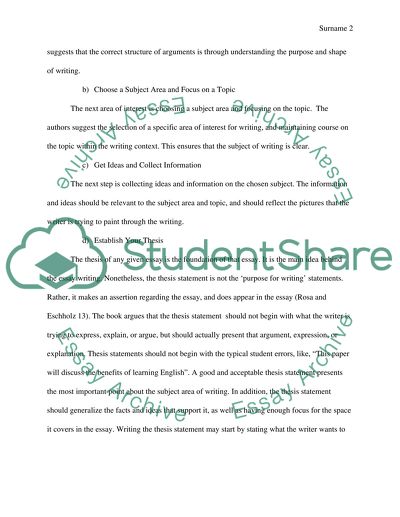Cite this document
(“Models for Writers: The Writing Process Essay Example | Topics and Well Written Essays - 1250 words”, n.d.)
Retrieved from https://studentshare.org/english/1442064-the-writing-process
Retrieved from https://studentshare.org/english/1442064-the-writing-process
(Models for Writers: The Writing Process Essay Example | Topics and Well Written Essays - 1250 Words)
https://studentshare.org/english/1442064-the-writing-process.
https://studentshare.org/english/1442064-the-writing-process.
“Models for Writers: The Writing Process Essay Example | Topics and Well Written Essays - 1250 Words”, n.d. https://studentshare.org/english/1442064-the-writing-process.


